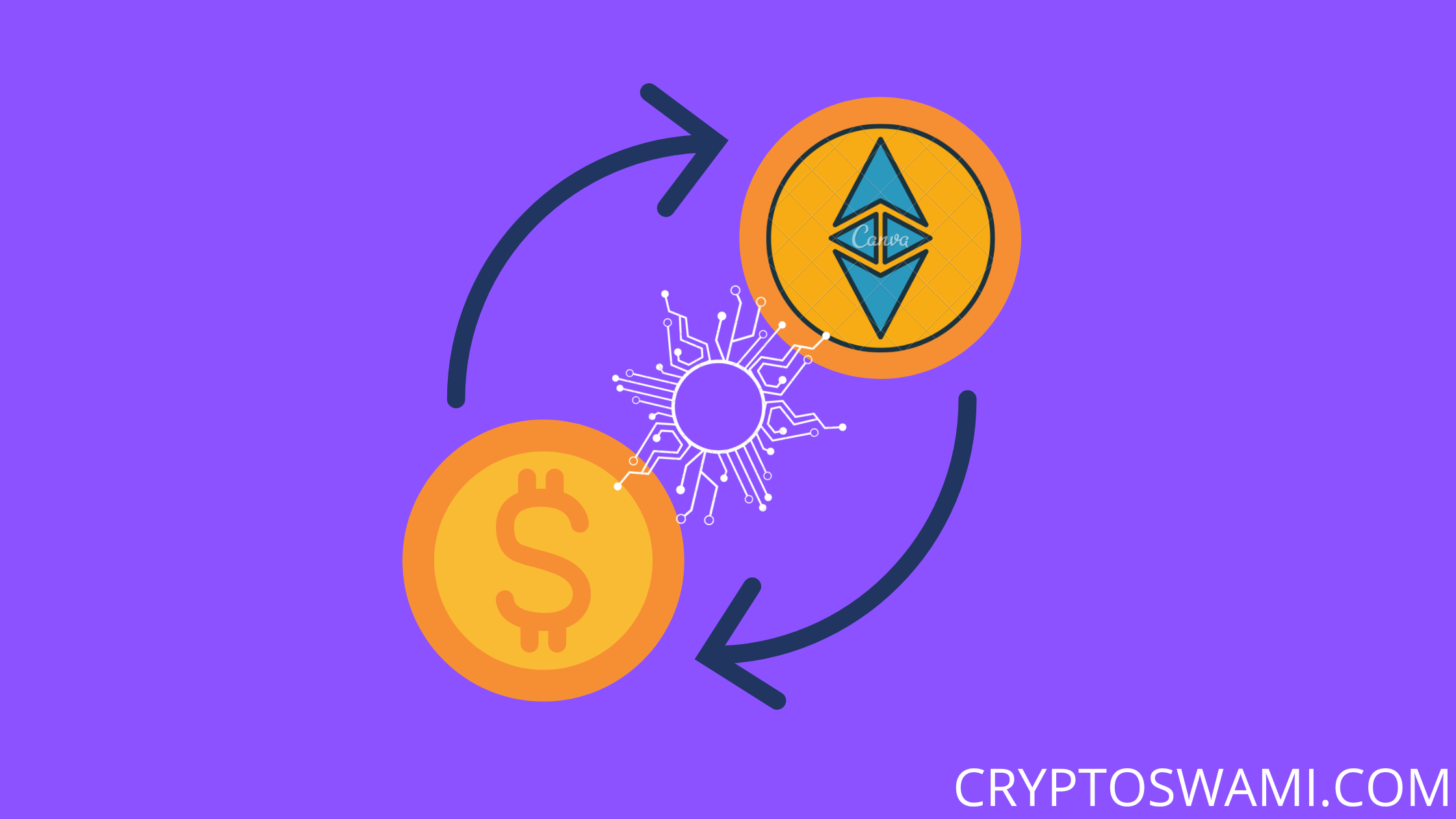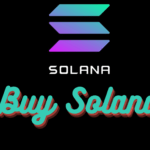Satoshi Nakamoto made Bitcoin to prove that money can be transferred without involving a third party, but the centralized exchange concept took his work to nowhere until decentralized exchange, or DEX, arrived.
Decentralized exchange is a new and emerging concept, and many people are not aware of DEX yet, or I can say they are not interested in decentralized exchanges, but indeed, they don’t understand DEX features. If you are one of those who doesn’t understand DEX, then this might help you.
What is the decentralized exchange, or DEX?
DEX is an application with a bunch of code that enables users to trade altcoins with another user without interfering with the third party by executing an agreement, also known as a smart contract. or
Decentralized exchanges (DEX) are applications that allow users to perform peer-to-peer (P2P) transactions by executing smart contracts on a specific blockchain.
There are many decentralized exchanges in the market such as SushiSwap, Pancake, UniSwap that are running on different blockchains like ETH, BSC, Matic.
How does a decentralized exchange work?
First, let me explain how the centralized exchange works. So when you buy or deposit crypto on the centralized exchange, you basically give your crypto to the platform that is held in their wallet, and when you trade, the platform matches your price, pairs you with another trader, and exchanges you immediately for a small fee.
In another hand, DEX works exactly the opposite of centralized exchange, and it neither allows deposits nor buys. It basically connects you to a liquidity provider with the help of the smart contract.
To trade, you have to connect your decentralized wallet like MetaMask, Trust wallet containing your crypto to DEX. As soon as you confirm your transaction, it will swap your coin that can be seen in your wallet.
A decentralized exchange does not charge any fee; that’s why it’s so cheap, but the coins running on the blockchain can charge a fee if the ETH fee is too high, but the BSC fee is low. Find out more.

Different between DEX and CEX.
| S.N. | DEX | CEX |
|---|---|---|
| 1 | Do not collect your data. | Collect your data. |
| 2 | You do not need KYC. | Maybe you need KYC. |
| 3 | They have no access to your crypto. | They have full control of your crypto. |
| 4 | Charge no fee for trading. | Charge a fee for trading. |
| 5 | It cannot be recovered if you lose your wallet key. | Easily recover. |
| 6 | Exchange with the current market. | You can ask about your price. |
| 7 | Probably all coins can be traded. | Only listed can be traded. |
Advantages of DEX.
- It gives you the best privacy features. Unlike a centralized exchange, DEX does not need KYC to trade.
- DEX is totally cheaper and charges no fees.
- You have full control over your own money and only need confirmation during the trade.
- No password or account is needed to start. It works like ready-to-eat food.
- DEX gives you the current market price with the minimum slippage.
- Any coin that you want to trade but cannot find on the centralized exchange can be available on DEX, or you can add it manually.
- You don’t have to transfer your fund to an exchange, which reduces the theft risk.
Disadvantages of DEX.
- Not good for beginner traders.
- Can cause confusion between coins with the same name on a different blockchain.
- We already told you that DEX does not charge any fees, but the blockchain and liquidity providers do, and that can be costly.
- DEX asks for wallet access to read, send, and receive cryptocurrency, and that can be risky, so make sure you trust your DEX.
- Some DEX accounts allow crypto staking that is connected to your wallet, so if you lose the secret key to your wallet, you will also lose your DEX account.
- Help is not available if you lose your money or get into trouble, but yes, you can ask in the community; in reality, they are only users like you.
- Low-liquidity coins can push you into trouble. Suppose you bought 100 coins, but you cannot sell them all.
- Decentralized exchange works on smart contracts, and it checks both party transactions that can take time to validate.
- DEX doesn’t have features like a centralized exchange, and you won’t feel like traders.
How to use DEX.
- The first thing you need is a decentralized wallet and an amount of crypto in it, mostly ETH and BNB.
- Find the crypto you want to trade. Make sure you know which type of crypto it is, like ERC20 or BEB20.
- Go to the DEX website and connect your wallet, or you can also connect to DEX within your wallet if your wallet support Dapp.
- Now search for your coin, enter the amount, and click swap.
- After a few minutes, your coin will arrive in your wallet.
Types of decentralized exchange.
There are many types of DEX claims made by experts, but there are only three major types that are in use.
Automated Market Maker (AMM)-based. All the DEX you see today come in these categories. This type of DEX is organized into liquidity pools, which are rebalanced when users add or extract liquidity from one side of the pool by trading. It is also called smart contract-managed reserves.
On-chain order books based On-chain transactions occur on a blockchain that is reflected on the distributed, public ledger. On-chain transactions are those that have been validated or authenticated and lead to an update to the overall blockchain network.
Off-chain order book-based transactions: Off-chain transactions take place outside of the blockchain network. Off-chain transactions can be performed by participants who have agreed that a third party will guarantee the transaction or verify that it is valid or complete.
Here, you can read more.
Some of the best examples of Dex.
Pancake Swap (V2): It has the highest listed coin, about 2800, and is considered one of the best DEXs on the Binance Smart Chain (BEP20). It is an automated market maker (AMM)-based decentralized exchange where users trade against liquidity.
UniSwap: Currently, there are UniSwap V2 and V3 working on the Ethereum blockchain for ERC20 coin swapping. It’s also AMM, or smart contract-based, and considered one of the simplest DEXs ever.
dYdX: This one is the second-dominating decentralized exchange and covers more than 2.5% of the total DEX market share. It is an off-chain order book based on the Ethereum blockchain. The exchange combines the security and transparency of a decentralized exchange with the speed and usability of a centralized exchange.
1inch Exchange: If you want to use DEX with a centralized feel, then try 1inch decentralized exchange. It connects both centralized and decentralized exchanges for finding the best paths across over 60+ liquidity sources on Ethereum, 30+ liquidity sources on Binance Smart Chain, and 30+ liquidity sources on Polygon.
Binance DEX: If you love BEP20 coins, then try Binance DEX; it gives the exact feel of Binance.com. It is an order book-based DEX, and you can only swap the BEP20 token with the BNB coin.
Conclusion.
If you are using a decentralized exchange for privacy, then it’s ok, but remember, at a certain point, you have to compromise with your privacy; otherwise, you could convert your cryptos into fiat. And also, if you are a beginner in the crypto world, then I recommend watching some DEX tutorials or trying with an empty wallet before using actual cryptos.
That’s it. Now you tell me what you think about DEX and what your experience was, or is there any information I’m missing mentioned in the box?







